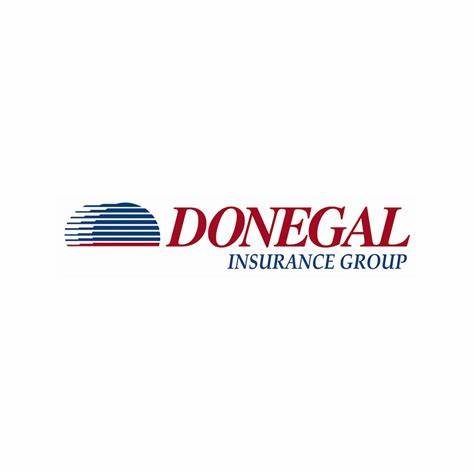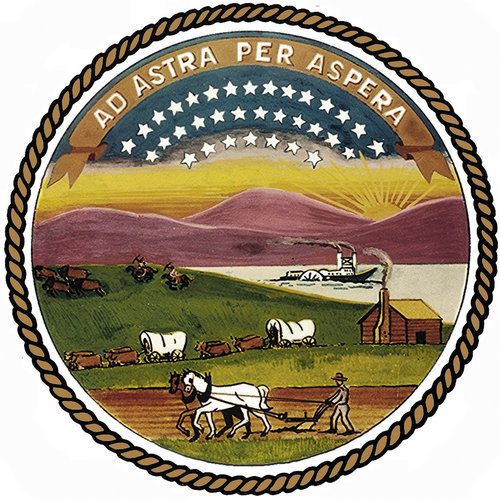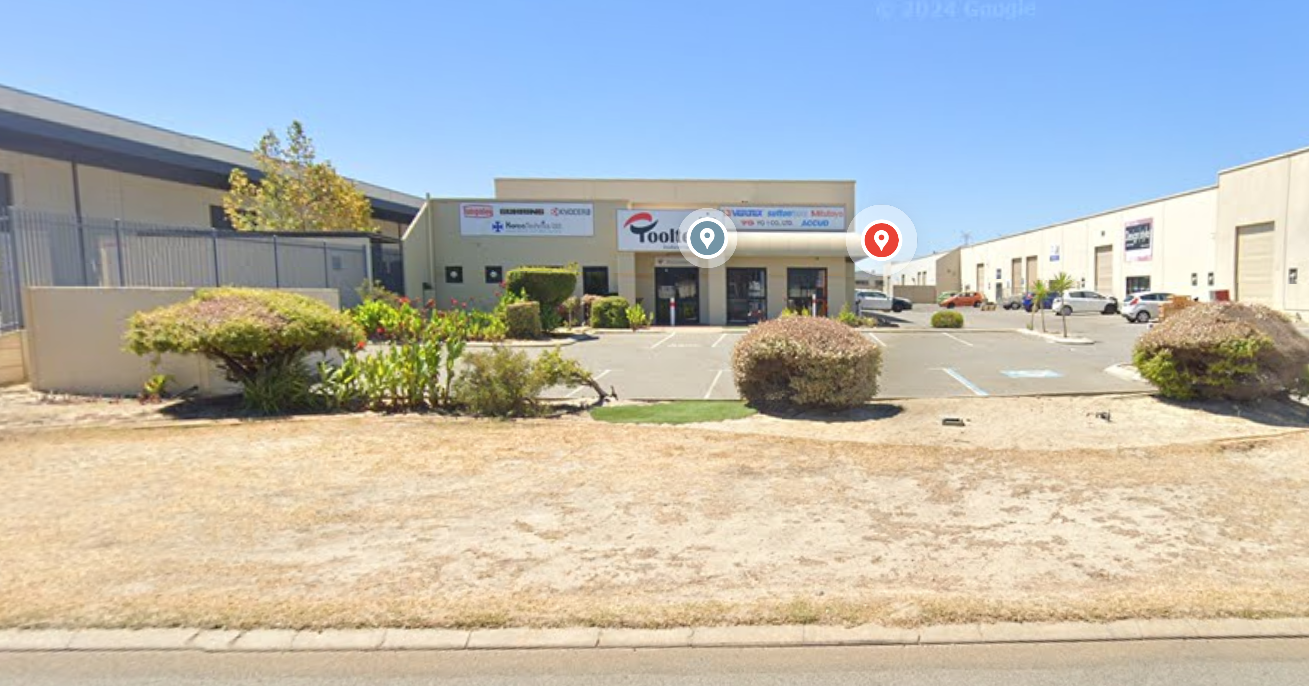Information
-
Client
-
Conducted on
-
Prepared by
-
Location
-
HVAC System: click +
HVAC
-
Identify the HVAC
Air Conditioner
-
Check and adjust thermostat.
-
Check the condenser coil to determine if it needs cleaning.
-
Check all wiring and connections to controls and electrical connections.
-
Check blower belt wear, tension & adjust.
-
Check voltage & amperage draw on all motors with meter.
-
Check compressor contactor.
-
Visually inspect compressor and check amp draw.
-
Check start capacitor & potential relay.
-
Check pressure switch cut-out setting.
-
Replace air filter or clean reusable type filter.
-
Install gauges & check operating pressures.
-
Check refrigerant (freon) level and advise if adjustments necessary.
-
Check condensate drain and pan then advise of any discrepancies.
-
Check expansion valve & coil temperatures.
-
Lubricate parts as needed.
-
Check evaporator coil and advise if dirty or if it needs cleaning.
-
Check the shape that the total system is in and advise customer of discrepancies.
Heat Pump
-
Check and adjust thermostat.
-
Check to make sure that the indoor & outdoor units turn on.
-
Replace the air filter or clean if reusable type.
-
Check bearings & lubricate blower motor if needed.
-
Check blower belt, wear, tension & adjust as needed.
-
Check electrical connections for tightness.
-
Check evaporator coil to determine if it needs cleaning.
-
Check voltage to unit.
-
Check blower motor amp draw.
-
Check electric heaters with amp probe and voltage during heating inspection.
-
Check condenser motor bearings & lubricate if needed.
-
Check condenser motor amp draw.
-
Check refrigerant (freon) level.
-
Check compressor amp draw.
-
Check crankcase heater if compressor has one installed.
-
Check defrost controls.
-
Check reversing valve operation.
-
Check coil temperature.
-
Check condensate drain and pan then advise of any discrepancies.
-
Perform visual inspection of ductwork and make notes regarding discrepancies.
-
Check the shape that the total system is in and advise customer of discrepancies.
Electric Heater
-
Check and adjust thermostat.
-
Check to make sure that the indoor unit turns on.
-
Replace the air filter or clean if reusable type.
-
Check bearings & lubricate blower motor if needed.
-
Check blower belt, wear, tension & adjust as needed.
-
Check evaporator coil to determine if it needs cleaning.
-
Check voltage to unit.
-
Check amp draw on motor.
-
Check amperage draw on each element.
-
Check total amperage draw on elements.
-
Check heat sequencer.
-
Check electrical wiring and connections.
-
Check temperature rise.
-
Check supply temperature.
-
Check heat anticipator.
-
Perform visual inspection of ductwork and make notes regarding discrepancies.
-
Check the shape that the total system is in and advise customer of discrepancies.
Gas Furnace
-
Check and adjust thermostat.
-
Check heat anticipator.
-
Check to make sure furnace/heat comes on.
-
Replace the air filter or clean if reusable type.
-
Check blower motor bearings & lubricate if needed.
-
Check blower belt wear, tension & adjust as needed.
-
Check the flue for rust & corrosion and advise of discrepancies.
-
Check flue for satisfactory operation.
-
Check, clean, and adjust pilot if needed.
-
Check electronic spark ignition control for proper operation.
-
Check all wiring and connections to controls and electrical connections.
-
Check burners to see if they need cleaning and advise.
-
Check and adjust burners for fuel efficiency.
-
Check heat exchanger for cracks, soot, & rust.
-
Check heat exchanger for cracks when the furnace is hot.
-
Check blower motor & induce draft motor amps.
-
Check manifold pressure.
-
Check fan controls.
-
Test safety shutoff response.
-
Check condensate drain and pan then advise of any discrepancies.
-
Perform visual inspection of ductwork and make notes regarding discrepancies.
-
Check the shape that the total system is in and advise customer of discrepancies.
Dual Fuel Heat Pump Furnace
-
Check and adjust thermostat.
-
Check to make sure that the indoor & out doorunits come on, which includes the furnace.
-
Replace the air filter or clean if reusable type.
-
Check bearings & lubricate blower motor if needed.
-
Check blower belt, wear, tension & adjust as needed.
-
Check electrical connections for tightness.
-
Check evaporator coil to determine if it needs cleaning.
-
Check voltage to unit.
-
Check blower motor amp draw.
-
Check electric heaters with amp probe and voltage during heating inspection.
-
Check condenser motor bearings & lubricate if needed.
-
Check condenser motor amp draw.
-
Check refrigerant (freon) level.
-
Check compressor amp draw.
-
Check crankcase heater if compressor has one installed.
-
Check defrost controls.
-
Check reversing valve operation.
-
Check coil temperature.
-
Check the flue for rust & corrosion and advise of discrepancies.
-
Check flue for satisfactory operation.
-
Check, clean, and adjust pilot if needed.
-
Check electronic spark ignition control for proper operation.
-
Check and adjust burners for fuel efficiency.
-
Check heat exchanger for cracks, soot, & rust.
-
Check heat exchanger for cracks when the furnace is hot.
-
Check blower motor & induce draft motor amps.
-
Check manifold pressure.
-
Check fan controls
-
Test safety shut off response.
-
Check condensate drain and pan then advise of any discrepancies.
-
Perform visual inspection of ductwork and make notes regarding discrepancies.
-
Check the shape that the total system is in and advise customer of discrepancies.
Completion
-
Overall Comment / Cost of Maintenance
-
Name and Signature











